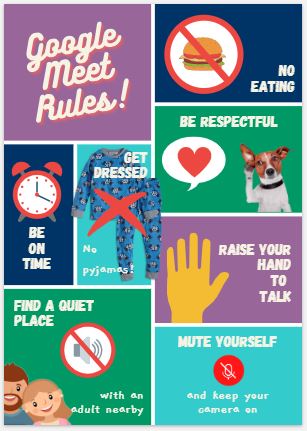Maths – Next, Before and After (live at 9.30)
Look at the picture below. It shows the activities that Ravi did in one evening. Can you order the activities from the first thing Ravi did in the evening to the last. What do you need to look at? Are there any similarities between comparing these times and comparing numbers (tens first/hour first, ones next/minutes next)?
Check you were correct by looking through the Let’s Learn. Can you use the words Next, Before and After to describe the order of the activities?
Maths Journal Activity:
You will need your red book. You can print out blank clock faces here… or you can draw your own clocks!
We would like you to keep a Time Diary today! Choose 6 activities you have done/are doing today. Carefully draw the time of each activity onto a clock face. Draw a picture and label with your activity. Don’t forget to put them in time order. You can get some inspiration from my time diary below! Don’t forget to send in your photos!
Maths Challenge Time
Have a go at the game below…
http://www.snappymaths.com/other/measuring/time/interactive/halfhours/oclockhpimm/oclockhpimm.htm
Phonics
If you can’t join in with our live session at 11 then please watch Lesson 35 of the Year 1 Spring Term Lessons. We will be practising tricky words in class with a focus on ‘put’ and ‘push’.
Here is a link to the anagram puzzle Miss Goodridge will mention in class.
Harmony
Can we find spirals under the sea?
Yesterday we watched a video of creature like this:
Can you remember what it is? How do you know?
Can you describe a spiral or tell someone at home why it is a special shape?
Spirals can be found everywhere in nature – even under the sea…
What do you know about these spirals? Which do you find the most interesting?
Have a go at drawing some spirals – try starting from the middle and swirling outwards and then from the outside swirling in. Does one way work best? You could make spirals out of playdough or draw them onto tinfoil or even in shaving foam. We quite like this paper plate sea snail art as well! Don’t forget to decorate your spirals with stripes, spikes, or other patterns…


